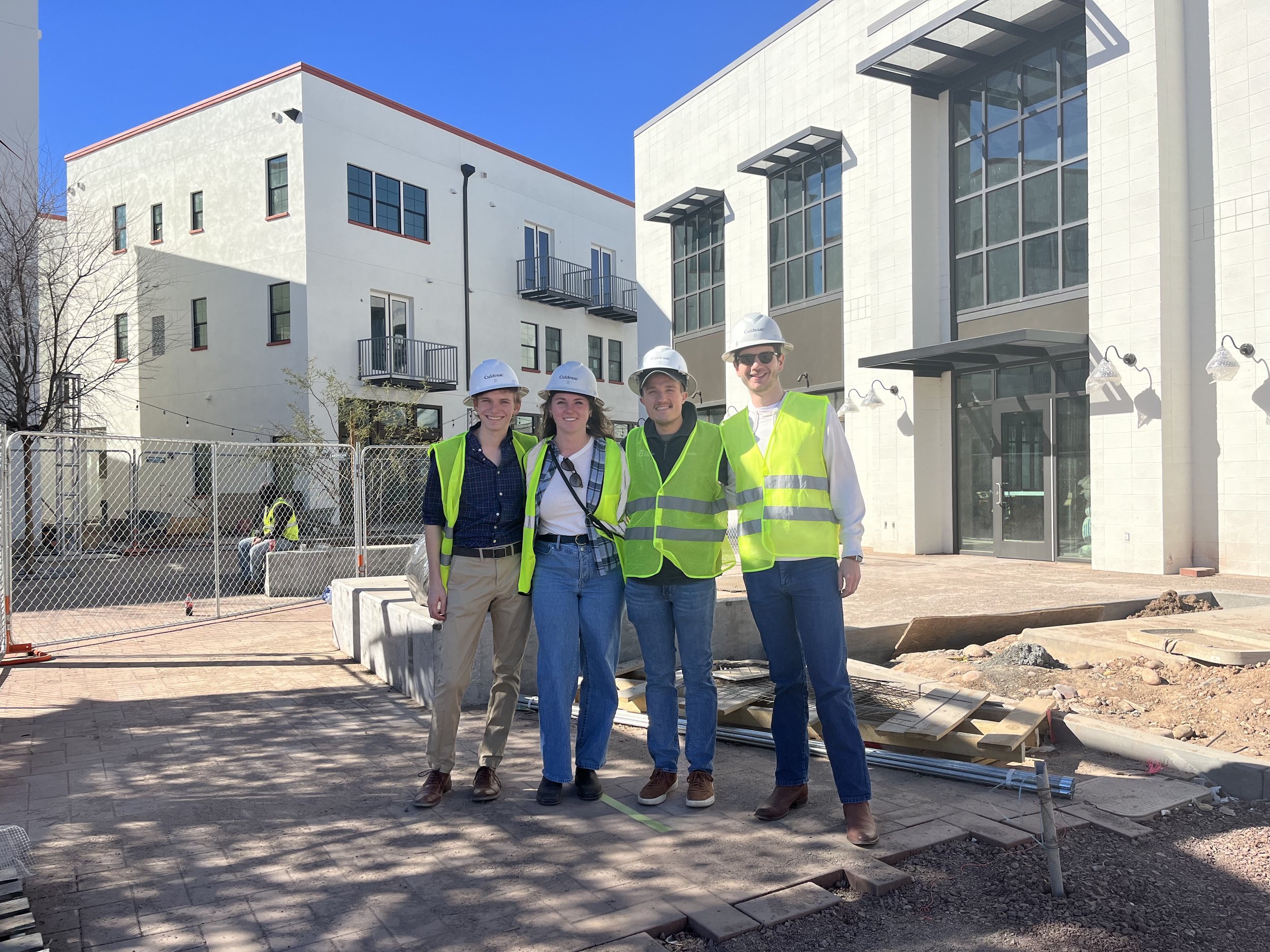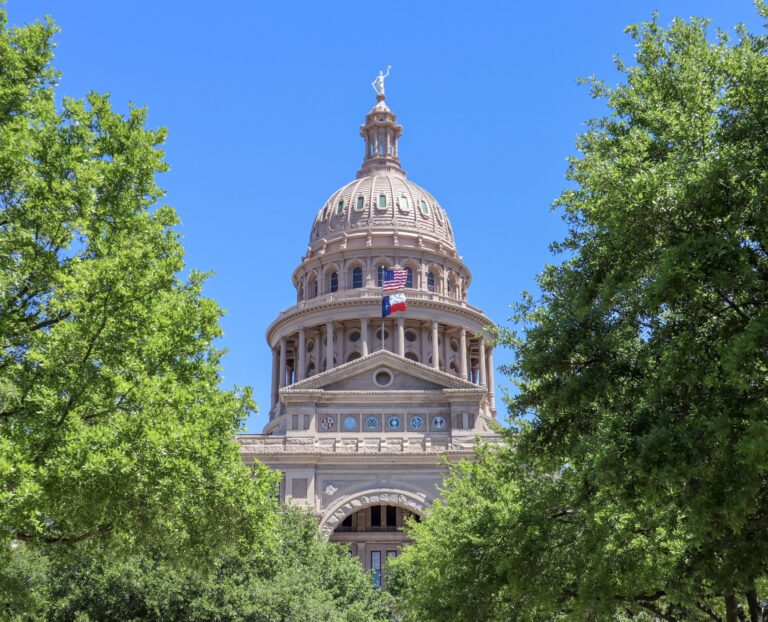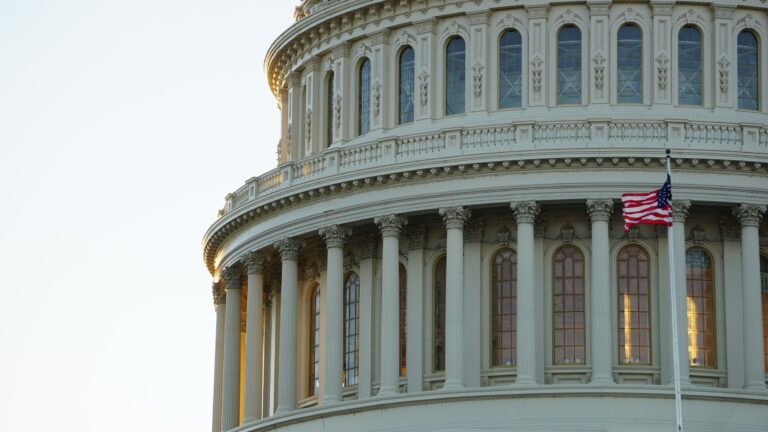AllSides: Walkable Cities Provide a Path Toward Common Ground and Climate Progress
Growing up in the Texas suburbs, almost every errand was at least a 30-minute commitment.
You’d have to get in your car, drive down a six-lane road, park in a lot double the size of the business, and then repeat the process to drive home. America’s bias toward car-dependent communities has made our people – and our climate – worse off.
I recently had the opportunity to tour Culdesac, a new development outside of Phoenix hoping to change this dynamic. The group is turning a 17-acre plot of land in Tempe into a dense, walkable, mixed-use community. When completed, it will be the first car-free community built from scratch in the United States.
The concept of a walkable city isn’t new. All cities built before the invention of the car were walkable by design. When you visit historic cities in the U.S., you find narrower roads and dense neighborhoods that encourage maximum convenience. But as our dependence on personal vehicles increased, roads got wider, cities started to spread out, and the concept of walking a few blocks to run an errand died for the majority of Americans.
Car-dependence is a systemic issue across the country. A clear example of this are the mandatory minimum parking requirements many local governments impose. In some cities, like my hometown of Houston, it means requiring a bar to build one parking space for every 71 square feet of bar space. These arbitrary requirements have also led to eyesores in our downtowns: dozens of parking surfaces that are rarely used to capacity, valuable space that could otherwise be used for housing or commercial use.
The demand for walkable communities among Americans is high, but supply remains low. According to a study by the National Association of Realtors, 52% of people want to live in more convenient, walkable neighborhoods, and those who do report an overall higher satisfaction with their quality of life. Yet, only about 8% of Americans live in neighborhoods with a walk score higher than 70%.
This discrepancy between high demand but low supply is due, in large part, to the regulatory and legal barriers that bar these communities from being built across the country.
The big question for me while touring the Culdesac development was, why Phoenix? It’s a metropolitan area infamous for its sprawl, so it would seem to be an unlikely place for a dense community like this.
But as the Culdesac team told us, their concept was exactly what the nearby city of Tempe wanted, so they were permitted in under a year. If they were to try this type of development in California, they said, it could take up to a decade just for the permit.
As America’s housing crisis grows, it is unconscionable that cities – especially those governed by progressives supposedly keen on affordable housing – are allowing NIMBY pressures to effectively outlaw these types of communities.
People clearly benefit when they live in walkable neighborhoods, but the environment stands to benefit as well. The most significant impact is a reduction in greenhouse gas emissions due to fewer personal vehicle trips and increased energy efficiency. Everything from the density and special building materials to the shaded plazas and landscaped pathways help reduce overall temperatures and, as a result, air conditioning usage.
Compared to the urban heat island effect cities like Phoenix experience, you end up with a more enjoyable place to live. There is also a litany of economic and other long-term benefits of denser communities: maintenance costs are lower, public health is higher, child development is better supported, and social well-being increases. Building dense neighborhoods won’t result in a utopia, but they do stand to make our communities stronger.
Walkable cities are not for everyone. As people age and start families, they often want their own, larger spaces. But for many Americans who want to be close to urban amenities and connected to a community, this concept deserves a chance. As with any new concept, there will be kinks to work out like security, long-term affordability, and neighborhood politics, but the fact we are starting to see a rise in people-centered urbanism provides a great opportunity for the United States and our climate goals.
Building better cities improves the quality of life for our people, as well as the quality of our local environments. The cross-partisan appeal of these values has great potential to bridge divides and help Americans work together on common goals.
America has always been a nation of builders. From our great global cities to ambitious feats of engineering, our history is deeply rooted in pushing the envelope and blazing a trail into the future. We have a real opportunity to once again lead the world by building better communities that inspire, enrich, and support people. It’s time to legalize walkable cities.
Read the original here.







